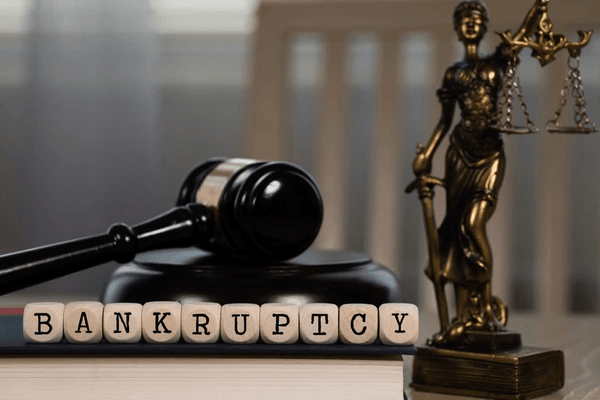In this article, we will explore the meaning of Bankruptcy Order, its procedural aspects, and the implications it carries for individuals and businesses.
Table of Contents
What is a Bankruptcy Order?
H2: Definition and Legal Context
A Bankruptcy Order is a legal ruling issued by a court that declares an individual or a business insolvent, meaning they are unable to pay their debts. It is a formal declaration of bankruptcy, marking the beginning of a legal process to resolve the financial affairs of the debtor.
Key Aspects of a Bankruptcy Order
- H3: Insolvency Declaration: The court determines that the debtor’s liabilities exceed their assets, rendering them unable to meet their financial obligations.
- H3: Legal Proceedings: Issuance of a bankruptcy order initiates legal proceedings under bankruptcy law, overseen by the court and a trustee appointed to manage the debtor’s estate.
- H3: Impact on Debtor: The debtor’s assets may be liquidated (sold) to repay creditors, and certain personal and financial restrictions may apply during the bankruptcy period.
Process of Obtaining a Bankruptcy Order
H2: Procedural Steps
Understanding how a bankruptcy order is obtained and its procedural steps:
- H3: Filing Petition: A creditor or the debtor themselves (voluntary bankruptcy) files a petition with the court, providing evidence of insolvency.
- H3: Court Hearing: The court reviews the petition, examines financial records, and decides whether to issue the bankruptcy order.
- H3: Trustee Appointment: Upon issuance, a trustee is appointed to manage the debtor’s assets, handle creditor claims, and oversee the bankruptcy proceedings.
- H3: Creditors Meeting: A meeting of creditors may be held to discuss the debtor’s financial situation and distribution of assets.
Example of a Bankruptcy Order
H2: Illustrative Scenario
Consider a hypothetical example to illustrate a bankruptcy order:
- H3: Individual Bankruptcy: John, facing overwhelming debts from failed business ventures, files for bankruptcy. The court issues a bankruptcy order, appointing a trustee to liquidate John’s assets (such as property and investments) to repay creditors in a fair and orderly manner.
- H3: Corporate Bankruptcy: XYZ Company, unable to meet its financial obligations due to economic downturns, faces a bankruptcy petition from its creditors. The court grants a bankruptcy order, leading to the appointment of a trustee to manage the company’s assets and liabilities, aiming to maximize creditor repayment.
Impact and Implications
- H3: Legal Status: Upon issuance of a bankruptcy order, the debtor is legally declared bankrupt, impacting their financial standing and ability to obtain credit.
- H3: Asset Management: The trustee oversees the liquidation of assets to settle outstanding debts, ensuring equitable distribution among creditors.
- H3: Rehabilitation: Bankruptcy may offer a path to financial rehabilitation, allowing debtors to eventually regain financial stability post-bankruptcy discharge.
Significance of Bankruptcy Orders
H2: Importance and Consequences
Examining the broader implications and significance of bankruptcy orders:
- H3: Debt Resolution: Provides a structured framework for resolving debts and addressing financial distress for individuals and businesses.
- H3: Creditor Protection: Safeguards creditors’ rights by ensuring a fair distribution of assets and repayment according to bankruptcy laws.
- H3: Economic Impact: Influences economic activities and financial markets, reflecting trends in debt management, consumer behavior, and business resilience.
Conclusion
In conclusion, a bankruptcy order is a pivotal legal ruling that declares an individual or entity insolvent, triggering a structured process to resolve financial obligations under court supervision. It marks a significant event in managing debt and financial distress, involving asset liquidation and creditor repayment. Understanding the process and implications of bankruptcy orders is essential for individuals and businesses navigating financial challenges, offering a pathway towards debt resolution and potential financial rehabilitation.
References
- Legal statutes and guidelines on bankruptcy proceedings and issuance of bankruptcy orders.
- Case studies and practical examples illustrating the impact and outcomes of bankruptcy orders on debtors, creditors, and the broader economy.
- Economic analyses and reports on the implications of bankruptcy orders in financial markets and consumer behavior.





